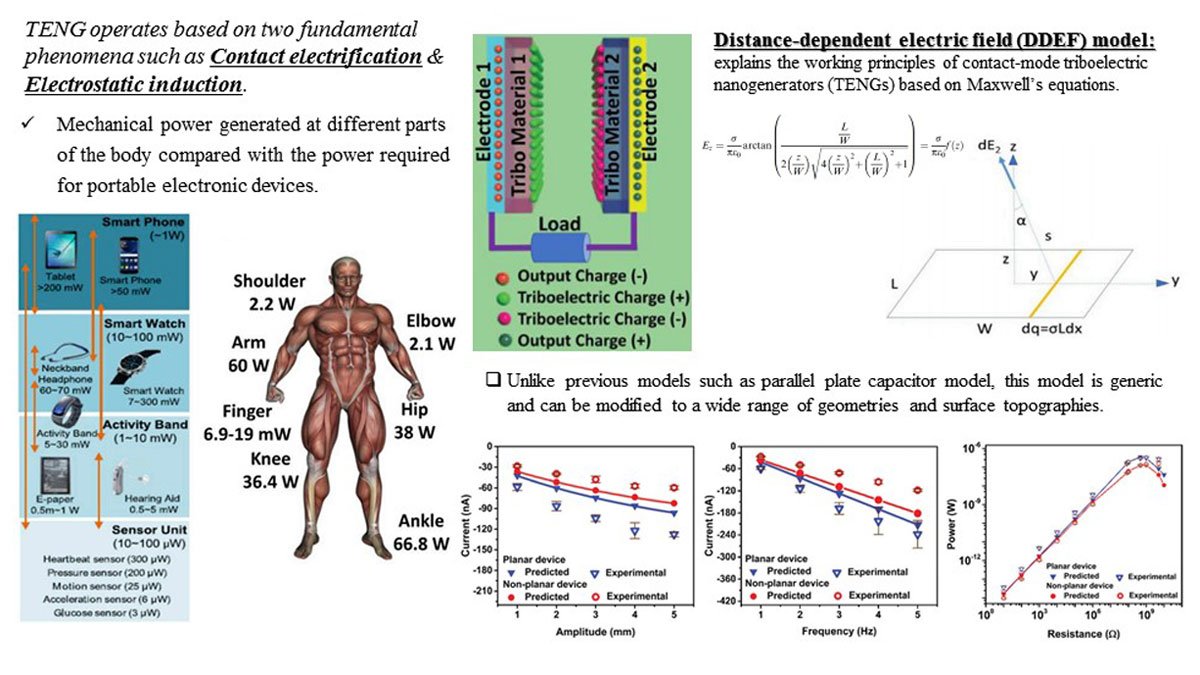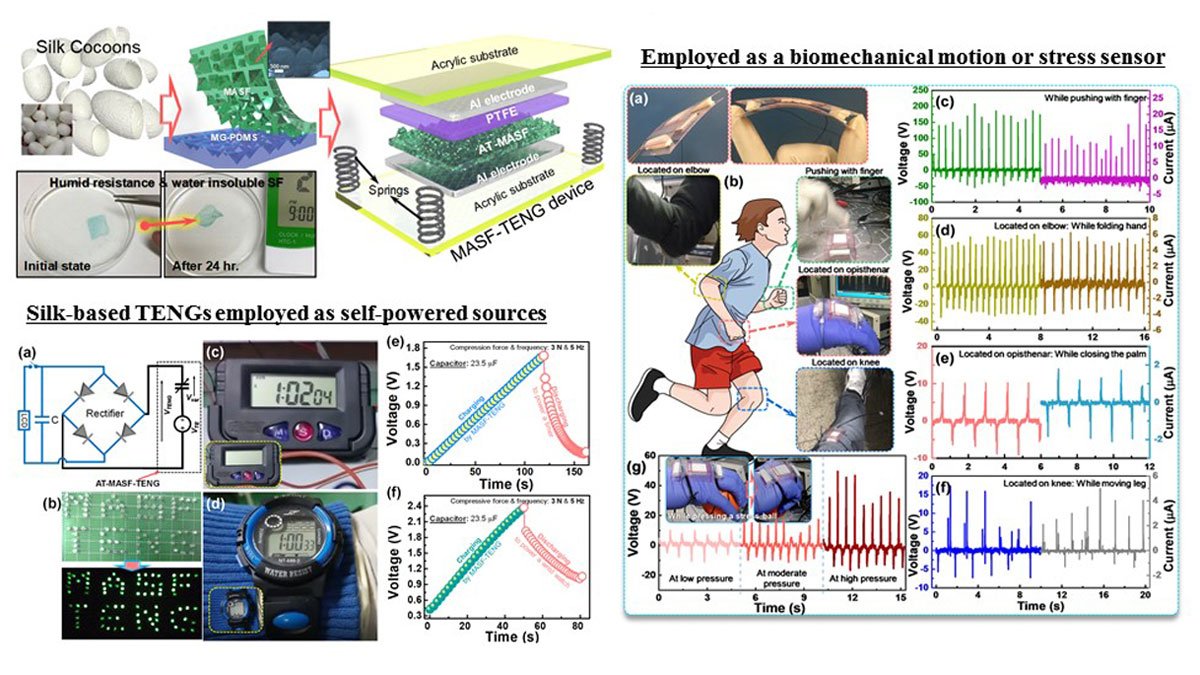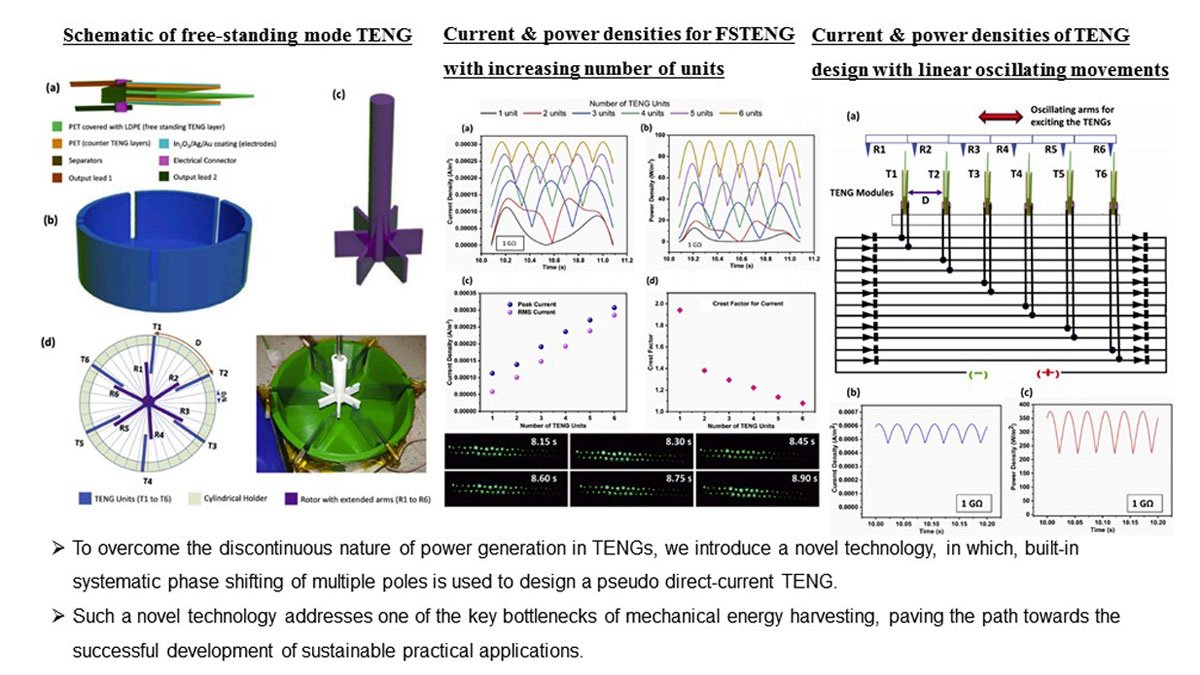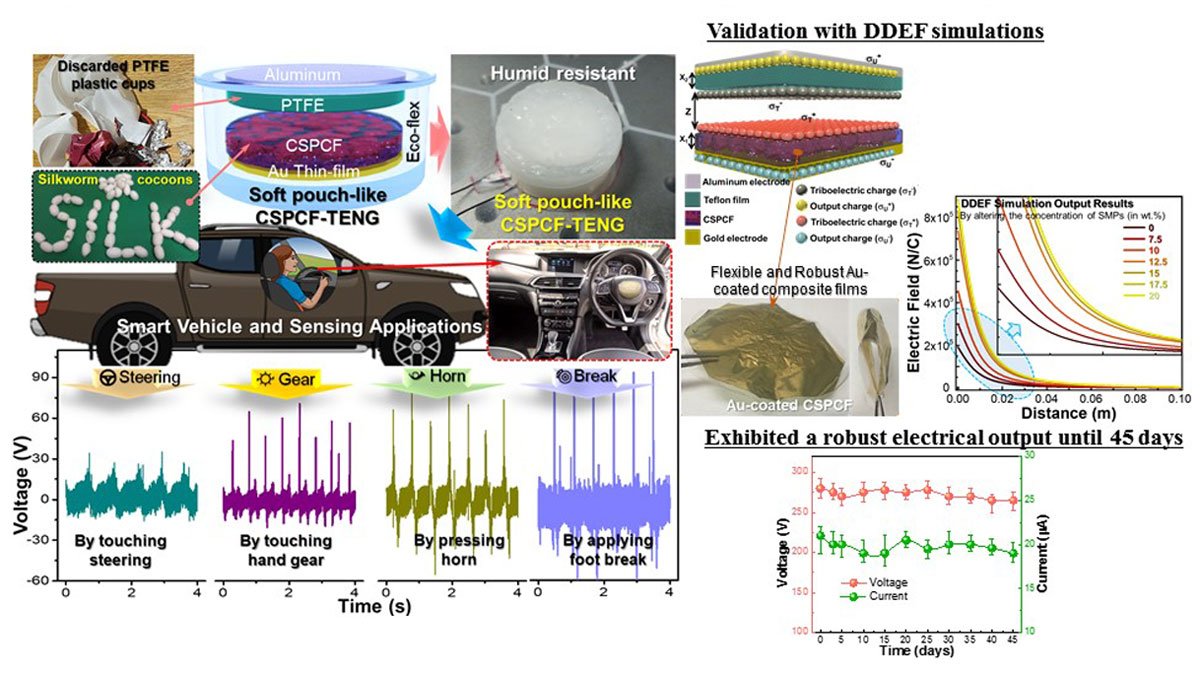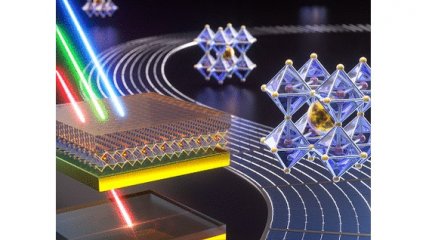
Energy generation
Read all about our energy research including energy conversion, triboelectric and thermoelectric generation.
Flexible organic solar cells
Hybrid SCs offer numerous application possibilities. They can be rolled and used as a lightweight solar charger or integrated in the facades and windows of buildings improving the aesthetic appearance while generating green electricity at low cost.
Triboelectric generation
Triboelectricity is a commonly observed phenomenon in day-to-day life, it occurs when two surfaces contact or rub against each other to generate static charge, a classic example being rubbing a balloon and sticking it to the wall.
Triboelectric Nanogenerators (TENGs) utilise the generation of static charge to effectively convert mechanical energy in to electrical energy. These devices have exhibited the potential to generate high power outputs at high efficiency and low cost. TENGs have been successfully demonstrated as a suitable option for applications in energy harvesting as well as self-powered sensors, paving the way for smart textiles.
We are investigating the fundamental sciences of TENGs as well as their potential applications. By employing custom built sub-micron precise automated motion control systems, and ultra-sensitive electrical characterisation units, we are performing high precision characterisations of these devices, allowing us to further develop the necessary material advances required to meet the current consumer demands.
Focus areas
- Theoretical study of the working principle of TENGs
- Characterisation of the fundamental behaviour of different modes of TENG structures
- Enhancing of the power output of TENGs using nanomaterial-based modifications
- High efficient textile-based TENGs for wearable electronics
- Electrospun nano-fibre TENGs.
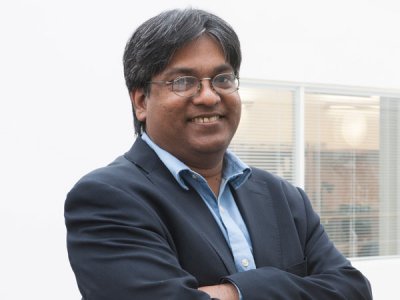
The University of Surrey and Professor Ravi Silva were featured on BBC News explaining more about TENGs.
Publications
- Bhaskar Dudem, RD Ishara G Dharmasena, Sontyana Adonijah Graham, Jung Woo Leem, Harishkumarreddy Patnam, Anki Reddy Mule, S Ravi P Silva*, and Jae Su Yu*, Exploring theoretical and experimental optimization towards high-performance triboelectric nanogenerators using microarchitecture silk cocoon films. Nano Energy, 2020, 74, 104822.
- RD Ishara G Dharmasena, H.M. Cronin, R.A. Dorey, and S Ravi P Silva*, Direct current contact-mode triboelectric nanogenerators via systematic phase shifting. Nano Energy, 2020,75, 104887.
- Bhaskar Dudem, Sontyana Adonijah Graham, RD Ishara G Dharmasena, S Ravi P Silva*, and Jae Su Yu*, Natural silk-composite enabled versatile robust triboelectric nanogenerators for smart applications. Nano Energy, 2021 (Just accepted).
Research projects
Start date: June 2017
End date: May 2021
Get in contact
If you'd like to learn more about this research then please email Professor Ravi Silva.
